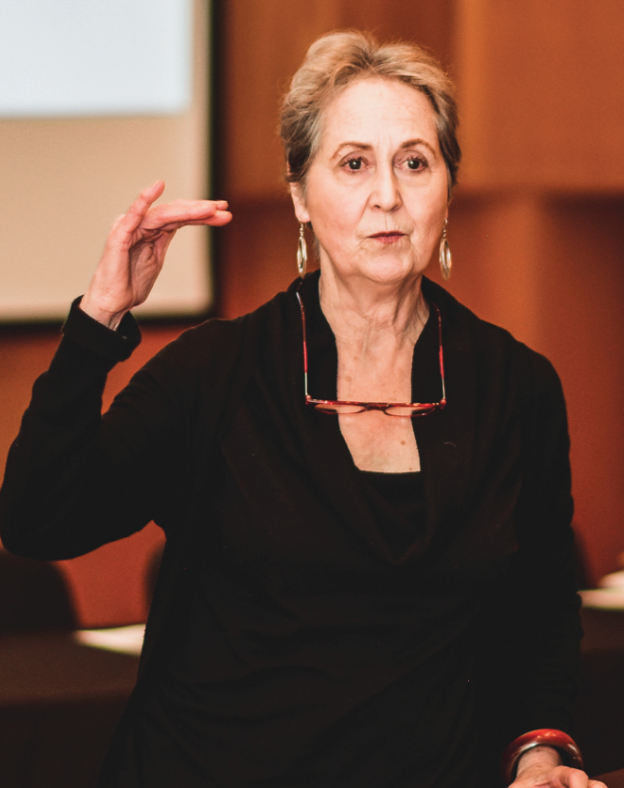
Amanda Berry
Staff Writer
The theater was bright and humming with sound, filled with people who all shared a common passion; A love and need to save the environment.
Moments later, the lights dimmed and artist Margaret Cogswell began her presentation.
“As an artist, I’ve spent the last 17 years researching and developing and presenting what has become an ongoing series and projects which I have titled River Fugues,” said Cogswell.
She continued, “The River Fugues are individually unique mixed media projects exploring the interdependence of people, industry, and rivers.”
Cogswell showcased her works, including the piece she created for ESU and explained how she came to create them.
Through the process of getting to know the people in an area, their culture, and how their lives depending on the surrounding waters, she manages to make her art unique. After the brief presentation, Dr. Pat Kennedy began to lead the discussion about water conservation.
She opened by introducing the panel members which included Robert Heil, Executive Director Brodhead Watershed Association, Dr. James Hunt, director of the Marine Science program here at ESU, Abigail Jones who is also staff attorney for PennFuture, an environmental advocacy organization, and Jennifer Shukaitis, a lifelong Monroe County resident and oldest grandchild of former Monroe County Commissioner and environmental advocate, Nancy Shukaitis.
“Growing up and seeing the work she’s done, and the ways that she’s accomplished goals. and overcome obstacles, especially the dam project. It was deauthorized in 2000 and I said it’s over, it’s 2000, it’s over, and she said it’s never going to be over,” said Shukaitis when talking about memories of her grandmother and all the work she’s done.
Water plays an important role in society and our everyday lives and is one thing that environmentalists want to protect.
Having clean water is something not everyone is privileged enough to have and is also a life source for many marine animals. Dr. Kennedy directed the discussion into how art is connected to what these people do and how it can help protect water.
“People [the panel members] are going to talk about how art, in general, has influenced their life more and specific ways their organization has attempted to persuade people using some kind of art,” said Kennedy.
She began showing photos and asking the audience if they believed they were art or not. Art elicits emotional reactions and images can provoke people to take action and tell others about how to get involved with environmental groups and advocacy.
Some of the photos were picked by the panelist members and they were given the chance to explain why they picked each photo.
One photo was a thermal image picked by Jones. She said “It’s thermal image pollution of heat from a nuclear power plant so when you talk about heat being a pollutant you can’t see it. You’re not looking at dirty water so when we need to use images like this to actually show just how impactful that pollution is, how wide a spot it is and how many fish can be killed in it. That’s my art that I use every day.”
Art doesn’t have to be what many people assume it is. It doesn’t need to be a painting, or a photograph, or a collection of videos or sculptures to prove a point.
Art elicits emotions by showing a powerful image, whether it be thermal pollution or the image of sea animals swimming surrounded by plastic.
While many people claim to care about the environment, it is important to act now. Here at ESU, we are lucky enough to be so close to such a beautiful hiking spot right along the Delaware River.
We as students need to protect the environment and make sure not to add any more pollutants to our waters. All it takes is one moment to throw away those plastics, and recycle, making sure to do our part to keep the waters clean.
Email Amanda at:
aberry1@live.esu.edu

